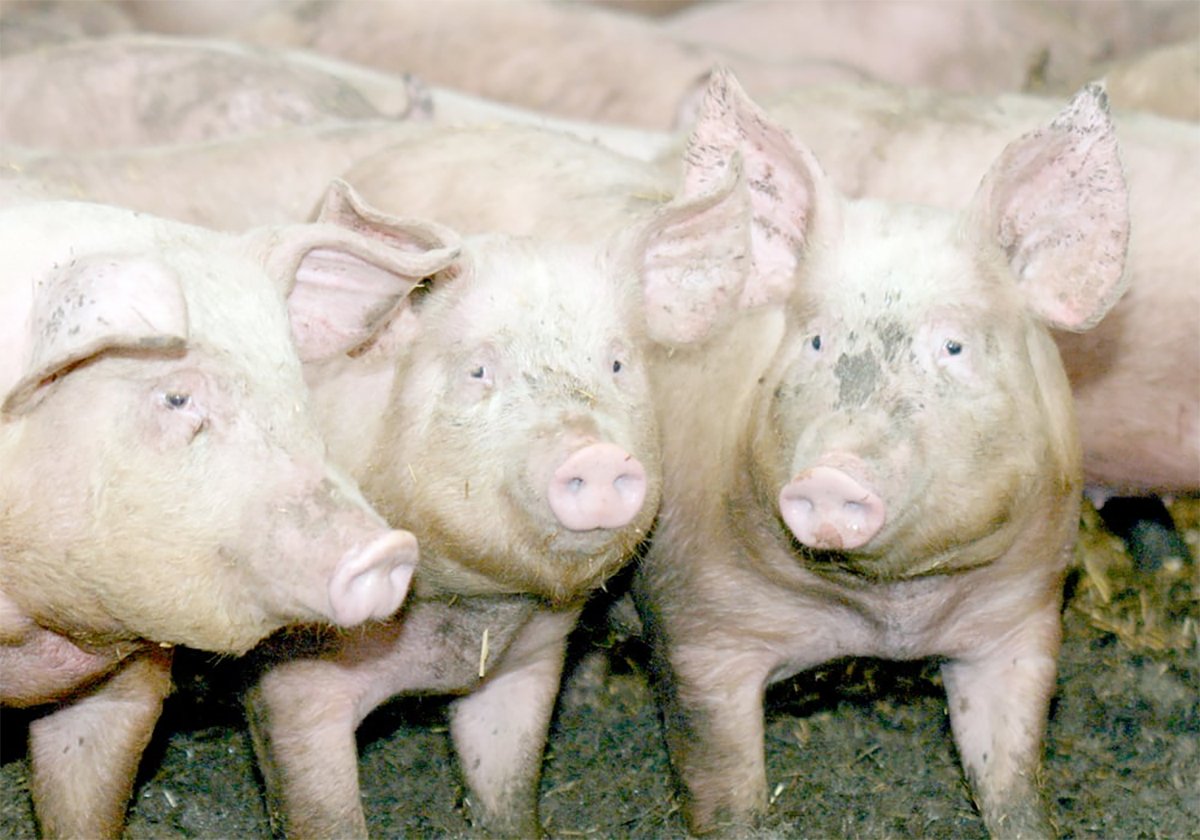The hot brand may be around for years to come, but science shows its colder cousin causes less pain to animals.
Radio frequency ear tags may be good in the chute or squeeze, but brands are best for sorting the cattle in community pasture systems that dot Western Canada.
Efficiently sorting thousands of cattle is dependent on easy-to-read visual identification. Tags can be lost or changed, but a brand is forever, say proponents of this traditional ID method.
In Alberta, nearly 50,000 brands are registered, while Saskatchewan has 29,000, British Columbia about 10,000 and Manitoba 3,355. While not all brands are active in all provinces, the registries are an important tool that producers need to protect their property, said Brian Ross of the Saskatchewan Stock Growers Association.
Read Also

The Western Producer Livestock Report – November 13, 2025
Western Producer Livestock Report for November 13, 2025. See U.S. & Canadian hog prices, Canadian bison & lamb market data and sales insights.
“The banks want our members to have it and we need it to establish ownership. Down the road tamperproof RFID or some other system will replace it, but for now this is more than tradition. It’s a tool.”
Ross said many producers no longer brand unless the animals are being pastured or fed in public facilities.
Hot branding, done well, doesn’t appear to cause severe stress over the long term. said Joe Stookey, an animal behaviour researcher at the University of Saskatchewan’s Western College of Veterinary Medicine.
“But cold branding causes far less pain,” he said.
Stookey and other researchers say it is a myth that calves get over the pain so quickly that they return to the udder immediately and therefore do not suffer significant levels of discomfort.
“They’re just running to mom for comfort after an event that included their first time in the squeeze, vaccinations, dehorning, castration and branding,” he said.
“We call it non-nutritive suckling. A response to stress,” Stookey said.
Vet college research has conclusively shown that cold branding systems cause less pain to cattle.
One way scientists establish pain response in animals is to measure cortisol in the blood. This hormone is released during significant stress events such as pain. It increases blood pressure and blood sugar levels, but most importantly to livestock producers, it suppresses the immune system.
However, it was too crude a method to evaluate the difference in pain experienced in calves exposed to branding whether hot or cold.
The researchers designed new methods to quantify pain responses in cattle. Vocalization levels, image analysis of head movements and tiny strain gauges were able to show that freeze branding produced far less pain than heat systems.
Stookey said whichever method is used, proper technique is most important to avoid unnecessary pain or injury to stock.
The Livestock Identification Services of Alberta recommends that producers not overheat hot irons, keeping them grey rather than red, and that producers should see a buckskin coloured result on the hide immediately after branding.
Cold branding takes longer than the three to five seconds needed to achieve a hot brand. Cold systems require up to 30 seconds to kill the melanocyte cells that produce pigment in the hair coat.
Hair has to be clipped away and the hide cleaned, adding to the time in the chute and making wrestling and free-holding impractical.
Cost, too, is factor for producers because freeze branding requires more expensive copper tools.
“It isn’t for every producer, but there should be no debate about the pain issue. Hot branding is more painful,” Stookey said.














